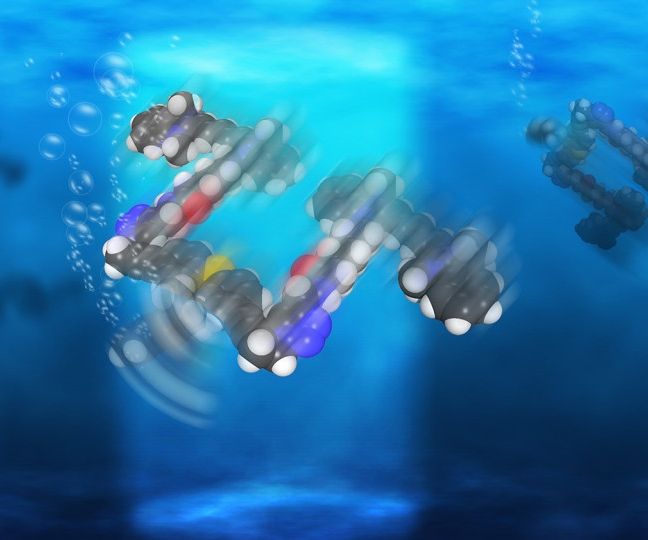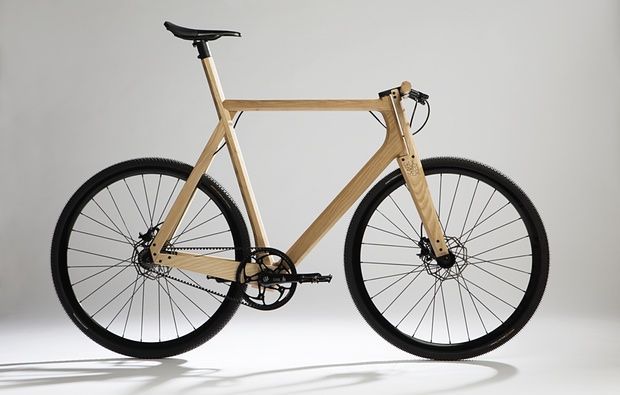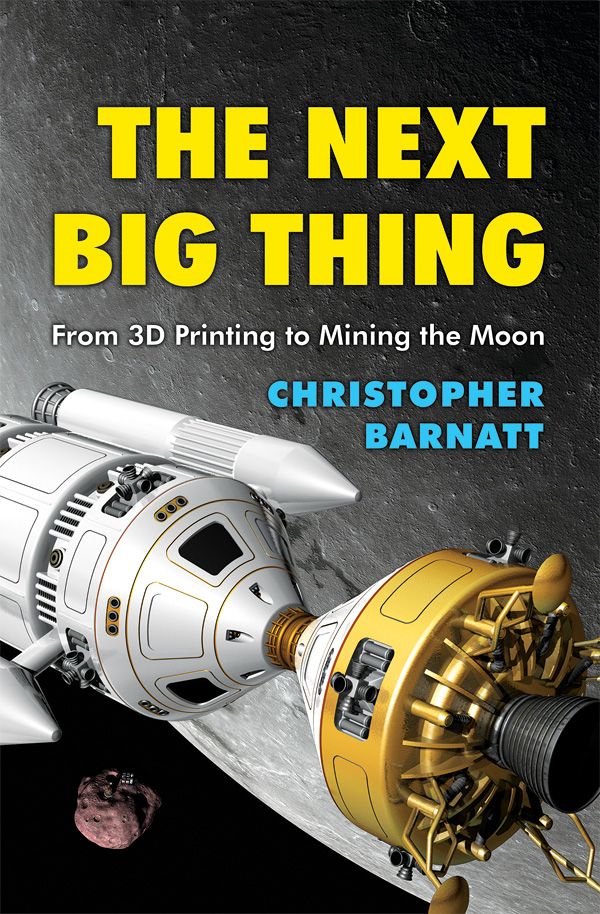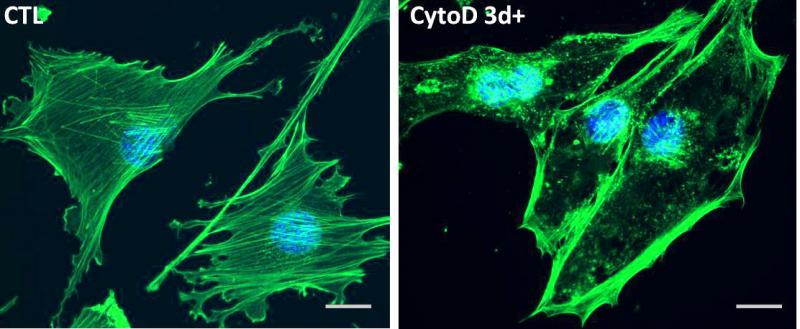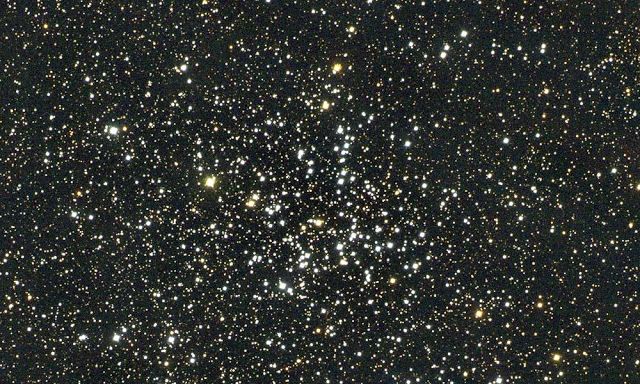Nov 17, 2015
Airbus Envisions Transparent Airplane Cabin Walls in Future
Posted by Shailesh Prasad in categories: business, internet, transportation
Transparent walls and customized cabins may be ahead, according to Airbus.
If you think in-flight Wi-Fi and lie-flat seats are cutting edge, just wait until 2050. That’s when aircraft cabins will feature holographic pop-up gaming displays and seats that adjust to each passenger’s size and shape, according to Airbus. In its vision for the future, Airbus predicts that the cabin walls of planes will be transparent, providing amazing views of the earth. Those with vertigo could block the view with an opaque hologram around their seat. Themed zones will replace first, business and economy classes, so individuals could choose areas in which to relax, play games, interact with other passengers or hold business meetings with people on the ground. This could even top the flying car.

